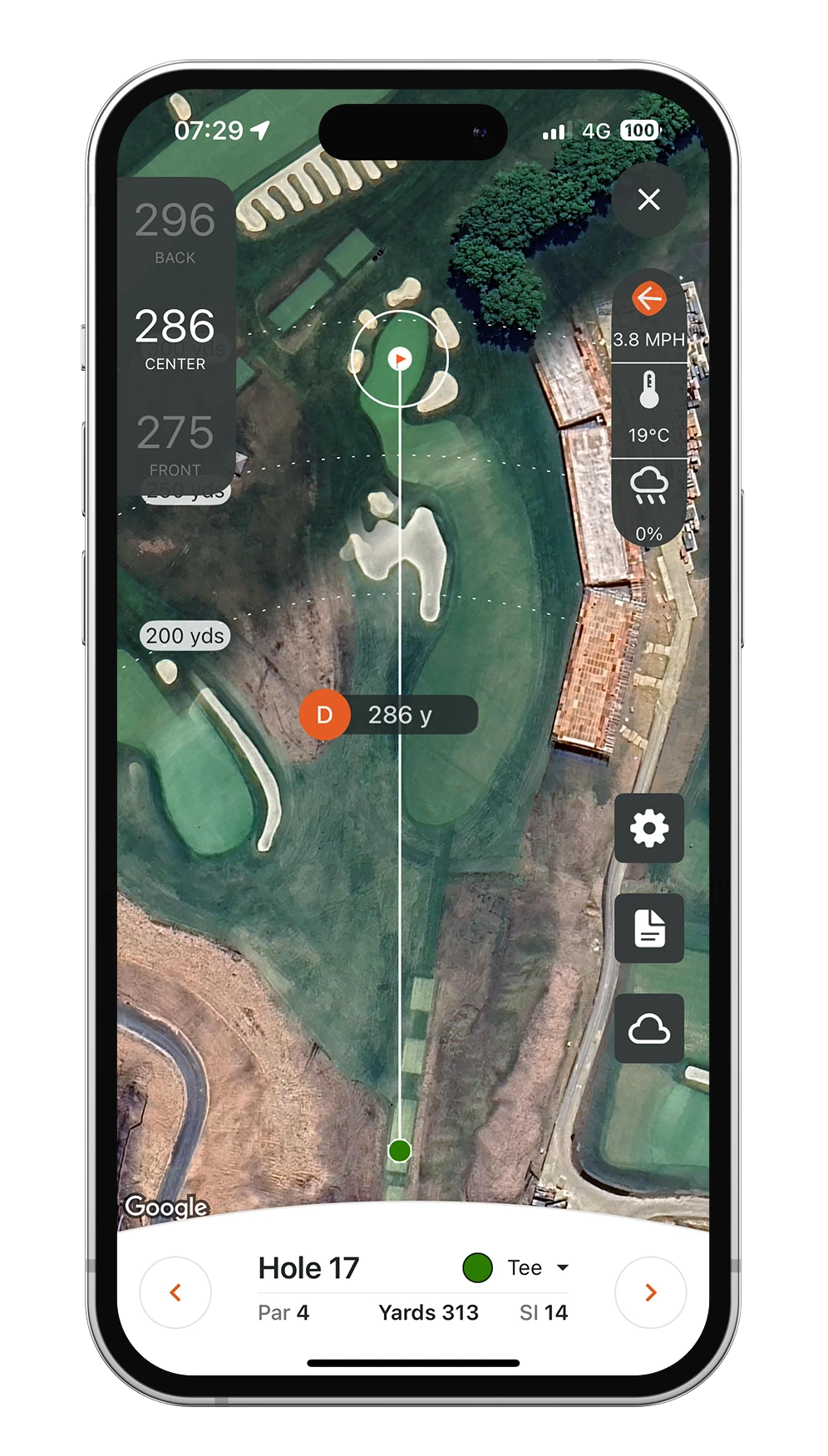
Josele Ballester
After leaving college and moving to LIV Golf, Josele Ballester has learned a lot from his experienced teammates on the Fireballs. That exposure to elite preparation, travel, and week to week professionalism is already paying off. He recorded his first professional win at Riyadh Golf Club at the Saudi International in November in a very competitive field. And that felt like a statement rather than a surprise.
I think he has the potential to win multiple times on the LIV Golf circuit. And possibly a big event on the Asian Tour as well. He reminds me a lot of a young Jon Rahm. I am very interested to see if he can qualify for the majors and put in a big performance on one of golf’s biggest stages to really show how good he is.
Mimi Rhodes
Mimi Rhodes is a rising star in women’s golf. She keeps proving it every time she tees it up. Last season on the Ladies European Tour she picked up multiple wins and showed incredible consistency throughout the year. Winning that often at that level builds belief, and belief is everything when you step onto bigger stages. I think 2026 is the year she breaks through on the LPGA Tour and starts contending in majors.
Her game is built for pressure, her short game is reliable, and she looks completely comfortable when she is in the hunt. Do not be surprised if this is the season where Mimi Rhodes becomes a name everyone in women’s golf knows.
Jackson Koivun
The star of the future. Coming out of Auburn University, Jackson Koivun has put together a flawless amateur resume. And he is only just getting started. Even though the 20-year-old is still an amateur, we will see him around PGA Tour events next season.
I believe he will go one step further and win on the PGA Tour as an amateur. He does not appear to have a weakness in his game. And more importantly he is not afraid of winning.
He impressed in front of the cameras at the Walker Cup at Cypress Point and has already produced some excellent finishes on the PGA Tour. Making seven cuts from nine starts with two top 5 finishes as an amateur is no joke. It is going to be an exciting year following Koivun’s development, and like Ballester, I would not be shocked if we are watching him at Adare Manor at the Ryder Cup in 2027.
Marco Penge
Marco Penge made a real name for himself this year on the DP World Tour, going toe to toe with Rory McIlroy in the Race to Dubai and catching everyone’s attention with his distance off the tee. He is a pure athlete, and he is box office to watch.
What excites me most about Penge heading into this season is how well his game should translate to PGA Tour courses. His length can overpower some of the more open setups the PGA Tour stops at, and those venues have always suited the longest hitters in the game.
It will be fascinating to see how he handles the extra competition and the increased spotlight when he moves across to the USA. This feels like the perfect steppingstone for him to take his game to another level. It’s something he has consistently done over the last two years.
He has already qualified for the first major of the year at The Masters, a course that has recently rewarded elite drivers of the golf ball. This has the potential to be a huge year for Penge. I cannot wait to watch it unfold.
Rasmus Neergard-Petersen
Neergaard-Petersen is another player, like Marco Penge, who is making the move to the USA to play on the PGA Tour after qualifying through the DP World Tour rankings. He recently picked up his first DP World Tour win at the Australian Open at Royal Melbourne, doing it in windy and firm conditions in front of big crowds, which tells you a lot about him as a competitor.
He also finished T3 at the DP World Tour Championship, further proving that his game stands up when the stakes are highest. His swing is effortless and repeatable, and his ball striking separates him from most of the fields he plays in.
He is at his best when golf courses demand precision and patience rather than pure scoring, which immediately makes me think about major championship setups. I can see him competing on extremely tough courses where iron play is a key factor, especially in the first three majors of the year at Augusta National, Aronimink, and Shinnecock Hills.
I would not be surprised at all if we see him inside the top 10 at a major this season, or even one or two shots off the lead heading into the final round. If he can take a step forward with his overall putting, he has all the tools to be a serious threat on the PGA Tour and to quickly make a name for himself in the USA.

Will Buttleman is VPAR’s Social Media and Events Manager.
A former professional cricketer, Will played for Essex County Cricket Club from 2018 to 2023 before joining the VPAR team in 2024. During his cricket career, he competed in First Class, List A, and T20 matches, contributing to the club’s recent successes.
Now, Will’s focus has shifted to golf. He plays off a VPAR Handicap of 4.5 and is aiming to reach scratch in the near future. His favourite course is Poppy Hills, a hidden gem just above Pebble Beach, and his top venue to work at is Waterville Golf Links in County Kerry, Ireland.
Whether you’re seeking top golfing destinations, a fresh perspective on the ever-changing professional game, or betting tips for major events, Will offers valuable insights. For him, golf is more than just a sport – it’s a lifestyle, and he loves sharing that passion with the VPAR community.




















